ANIMALS
Fearsome Neighbors: 25 Places Where Wildlife Terrorizes Residents
Published
2 months agoon
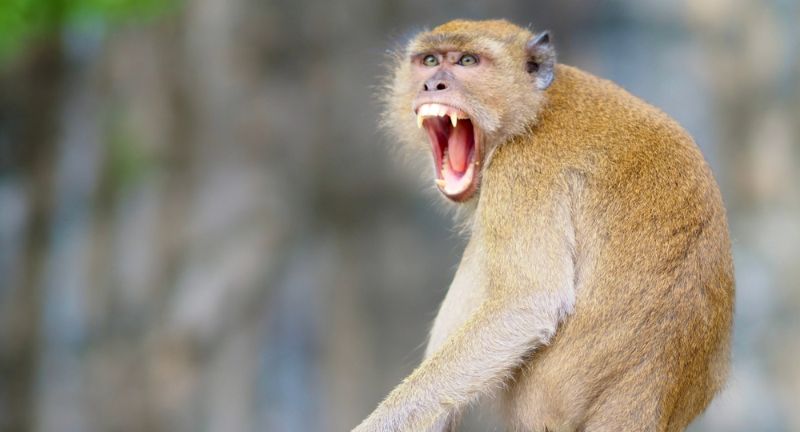
Shutterstock
Nature is awe-inspiring, but in some parts of the world, it can be downright terrifying. From giant crocodiles lurking near Australian shorelines to aggressive monkeys causing chaos in Indian cities, wildlife can pose serious threats to residents. In these places, encounters with dangerous creatures aren’t rare occurrences—they’re part of daily life. Whether it’s venomous snakes slithering into homes or apex predators roaming near neighborhoods, these regions demand constant vigilance. Here are 25 places around the globe where humans live alongside wildlife that can be both fascinating and fearsome.
Darwin, Australia
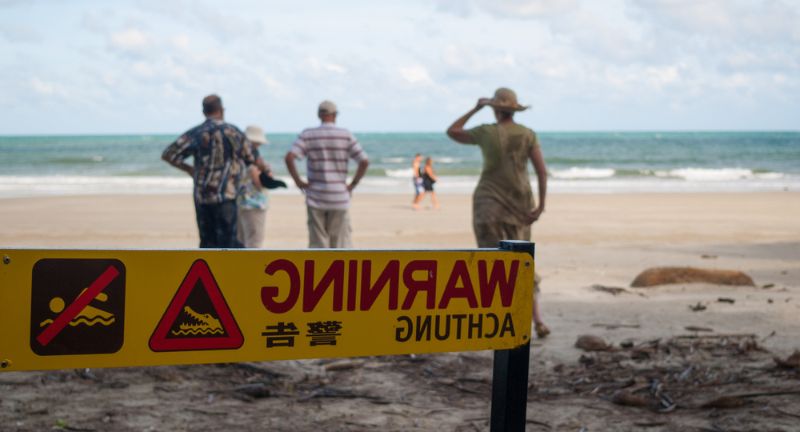
Shutterstock
Darwin, located in Australia’s Northern Territory, is infamous for its saltwater crocodiles. These massive reptiles, which can grow over 20 feet long, frequently lurk in rivers, estuaries, and even near beaches. Despite warning signs, some adventurous swimmers have faced deadly encounters. Residents must always remain cautious, especially during the wet season when crocs are more active and aggressive.
Sundarbans, India/Bangladesh
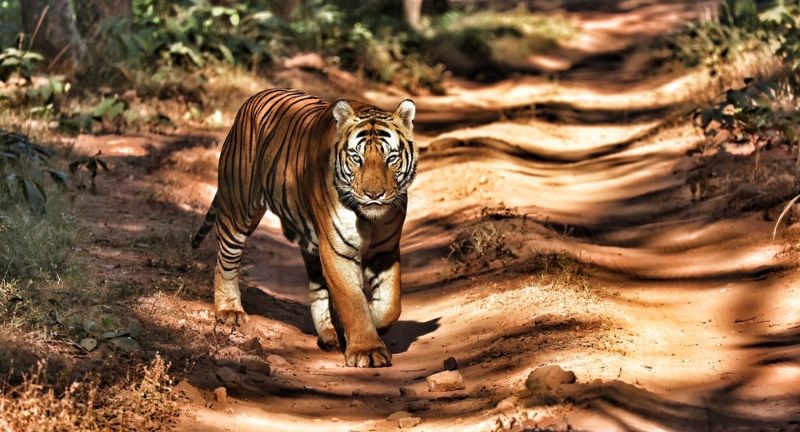
Shutterstock
The Sundarbans is a vast mangrove forest shared by India and Bangladesh, home to one of the world’s largest tiger populations. The Bengal tigers here have developed a notorious reputation for preying on humans, with dozens of attacks reported yearly. These tigers are excellent swimmers and can stealthily move through the water to ambush unsuspecting villagers. Many locals rely on prayers and protective masks worn on the back of their heads to deter attacks.
Cape Town, South Africa
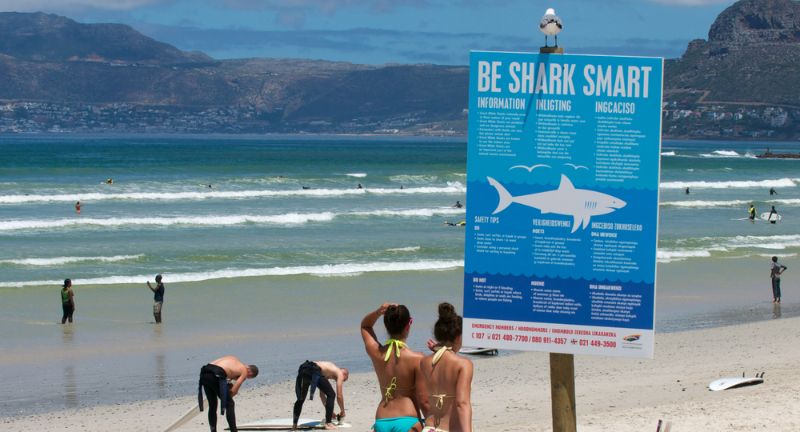
Shutterstock
Cape Town is surrounded by some of the most shark-infested waters on the planet, particularly great white sharks. Despite shark spotters keeping watch from high vantage points, attacks on surfers and swimmers still occur. The area’s cold, nutrient-rich waters attract seals, which in turn lure these apex predators. While shark cages provide thrilling encounters for tourists, locals always remain wary of entering the ocean.
Everglades, Florida, USA
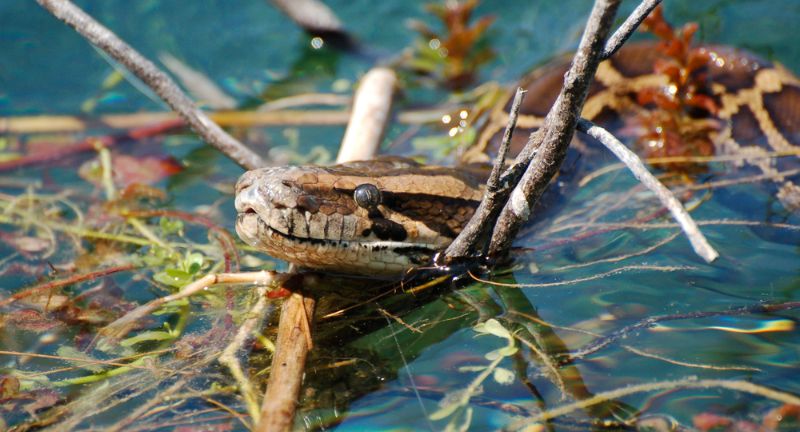
Shutterstock
Florida’s Everglades is teeming with alligators, but the real problem now comes from invasive Burmese pythons. These massive snakes, some reaching 20 feet in length, have decimated local wildlife populations. In rare cases, they’ve been found near residential areas, leading to fears of attacks on pets and small children. Conservationists continue to battle this growing reptilian menace, but their numbers remain overwhelming.
Churchill, Manitoba, Canada
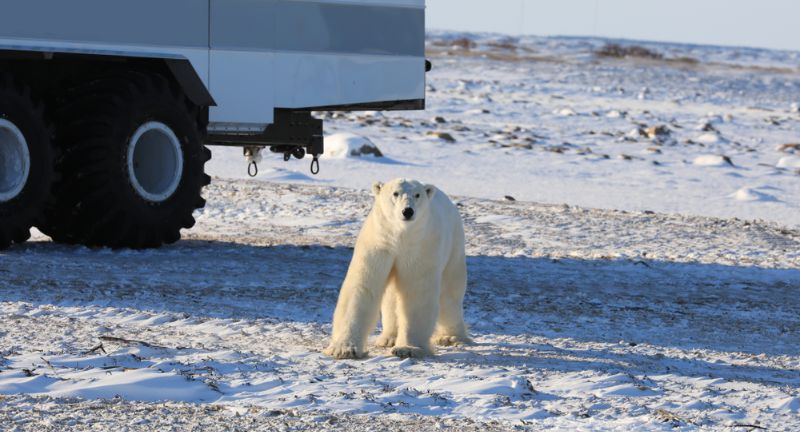
Shutterstock
Dubbed the “Polar Bear Capital of the World,” Churchill, Manitoba, sees dozens of these massive carnivores roam through town each year. The bears wander in search of food, sometimes breaking into homes and businesses. Residents must take extreme precautions, even installing “bear jails” to hold rogue bears until they can be relocated. Despite the risks, the town has embraced its unique wildlife, attracting thousands of visitors eager to see polar bears up close.
Komodo Island, Indonesia
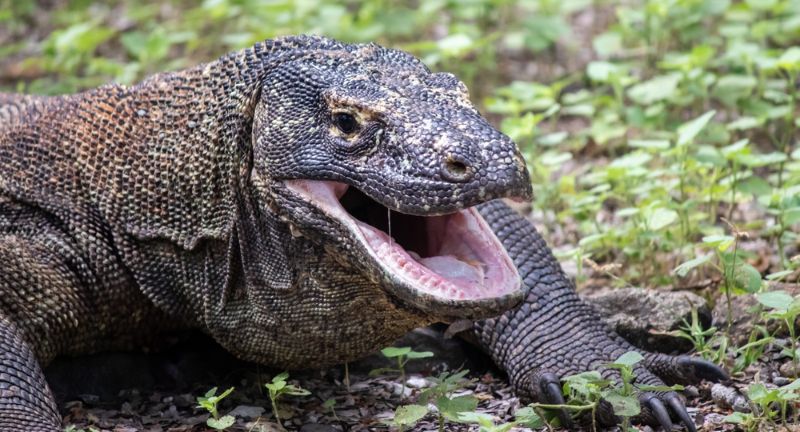
Shutterstock
Komodo Island is the only place on Earth where Komodo dragons, the world’s largest lizards, roam freely. These prehistoric predators can grow over 10 feet long and have a venomous bite that causes slow, agonizing death. Residents must always be on alert, as these reptiles have been known to attack humans, including villagers and park rangers. With their sharp teeth and powerful claws, they make the island a thrilling yet dangerous place to live.
Manitoba, Canada
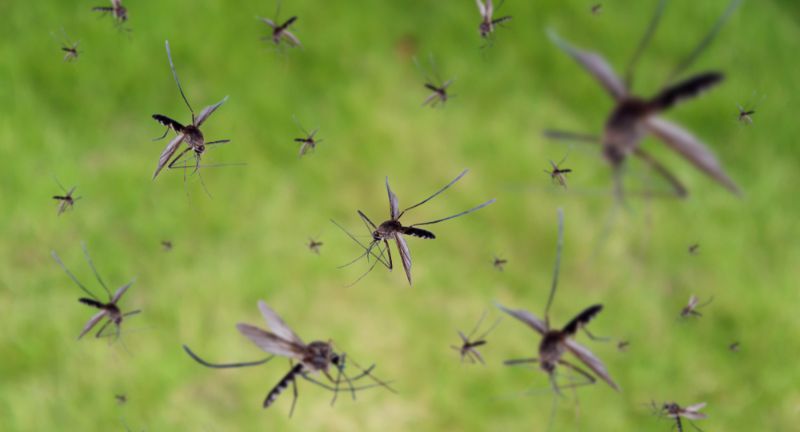
Shutterstock
During the summer, Manitoba becomes a battleground against relentless swarms of blackflies and mosquitoes. These tiny insects may seem harmless, but their bites can cause severe allergic reactions, infections, and even diseases like West Nile virus. Residents often resort to heavy protective clothing, insect repellents, and screened-in porches to avoid constant attacks. The buzzing pests are so prevalent that they’ve become an unavoidable part of daily life during the warmer months.
Pulau Tioman, Malaysia
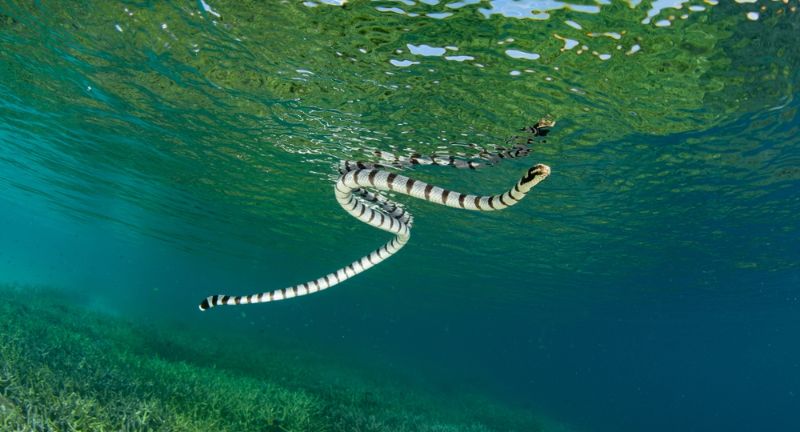
Shutterstock
Pulau Tioman is a tropical paradise, but its crystal-clear waters hide a deadly secret—venomous sea snakes. These snakes, known for their potent neurotoxic venom, often lurk in shallow waters where locals and tourists swim. Although not typically aggressive, accidental encounters can lead to dangerous bites. Divers and fishermen must always stay vigilant, knowing that a simple misstep could result in a life-threatening situation.
Queensland, Australia
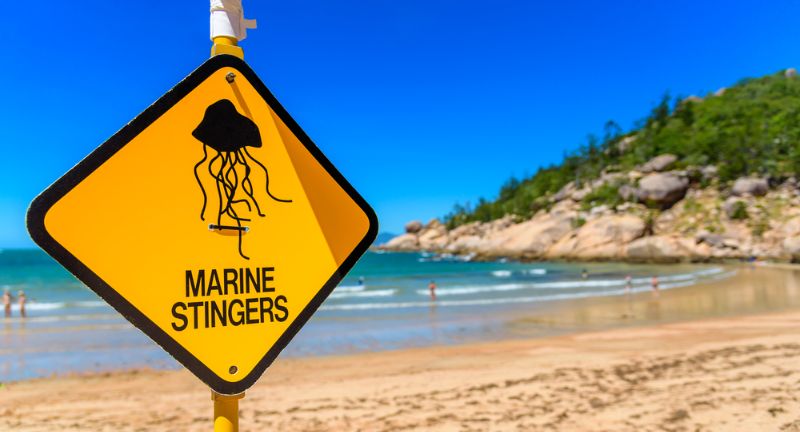
Shutterstock
Queensland’s beautiful beaches are notorious for harboring one of the ocean’s most dangerous creatures—the box jellyfish. These translucent jellyfish have venomous tentacles that can cause heart failure, paralysis, and even death within minutes. Despite warning signs and stinger nets, swimmers are still at risk during jellyfish season. Locals often wear protective suits and carry vinegar to neutralize stings in case of emergency.
Chihuahua Desert, Mexico
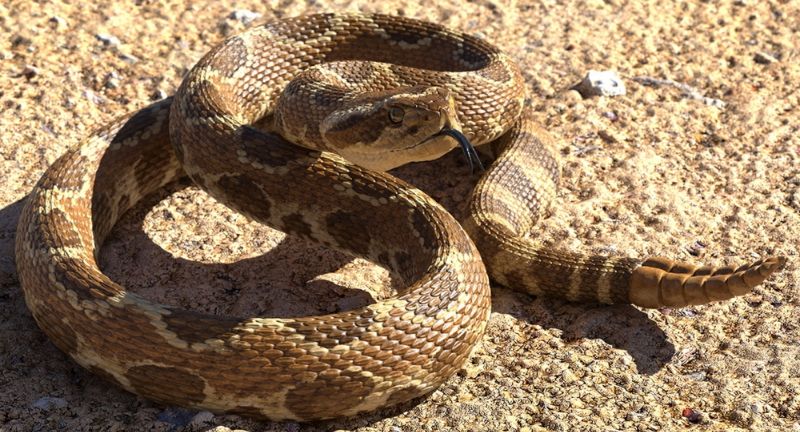
Shutterstock
The arid Chihuahua Desert in Mexico is home to a variety of venomous rattlesnakes. These snakes are masters of camouflage, often hiding under rocks and brush, making it easy for unsuspecting people to step too close. A rattlesnake bite can cause severe pain, tissue damage, and even death if not treated promptly. Residents and hikers are trained to listen for the telltale rattle as a warning sign of danger nearby.
Limpopo Province, South Africa
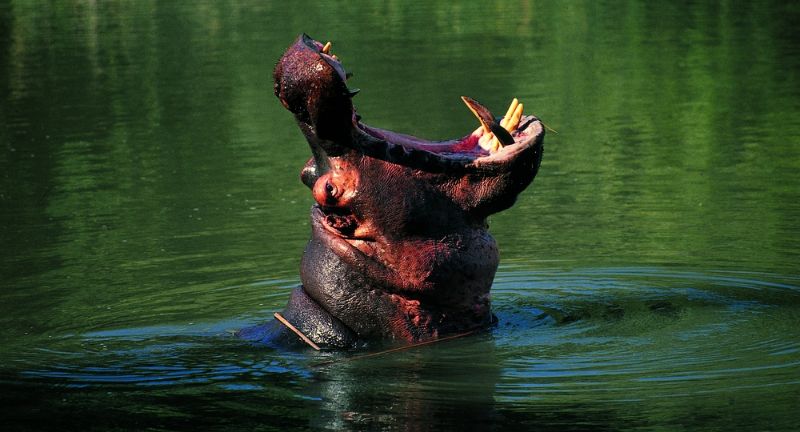
Shutterstock
In South Africa’s Limpopo Province, wildlife like elephants and hippos aren’t just safari attractions—they can be dangerous neighbors. Elephants sometimes raid villages, trampling crops, damaging homes, and even injuring people when agitated. Hippos, despite their seemingly docile appearance, are known to be extremely aggressive, especially when protecting their young. Locals have learned to give these massive creatures a wide berth to avoid deadly encounters.
Namib Desert, Namibia
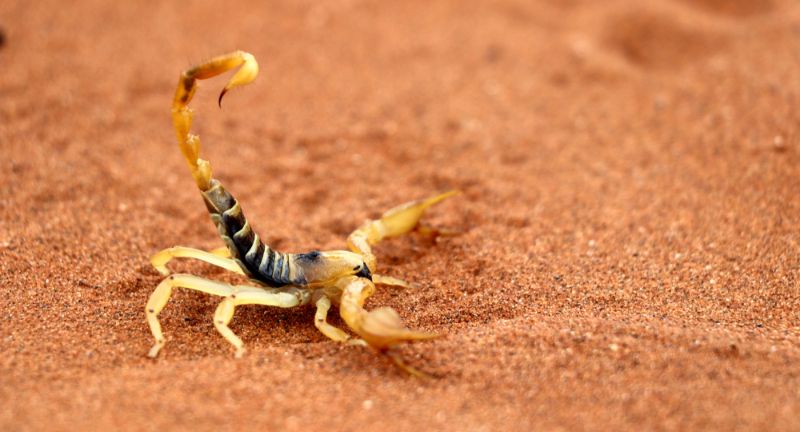
Shutterstock
The Namib Desert may look barren, but it’s teeming with hidden dangers, especially venomous scorpions and snakes. These creatures thrive in the harsh, dry environment, hiding under rocks and in sand dunes. Their venom can cause severe pain, paralysis, and, in rare cases, death if medical help isn’t quickly accessible. Residents living near the desert always shake out shoes and clothing, knowing that an unwelcome surprise could be lurking inside.
Kefalonia, Greece
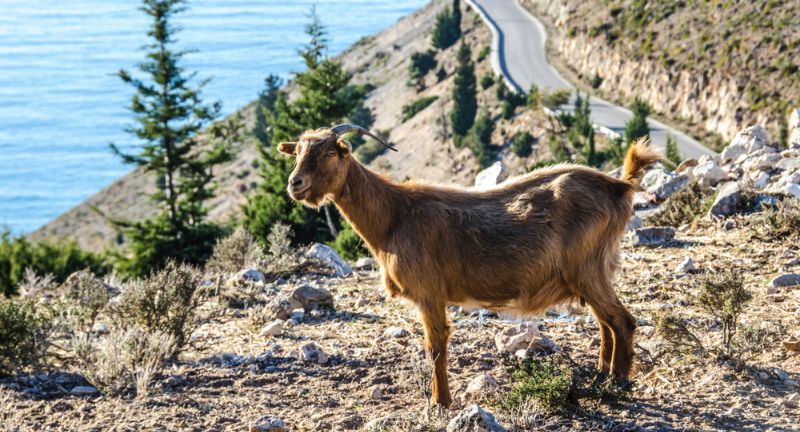
Shutterstock
On the picturesque Greek island of Kefalonia, wild goats are more than just charming wildlife—they’re often destructive pests. These goats roam freely, climbing into gardens, nibbling on crops, and even scaling rooftops. Their agility allows them to reach places most animals can’t, causing unexpected property damage. Residents have to erect sturdy fences and barriers to keep their homes and gardens safe from these persistent grazers.
Kangaroo Island, Australia
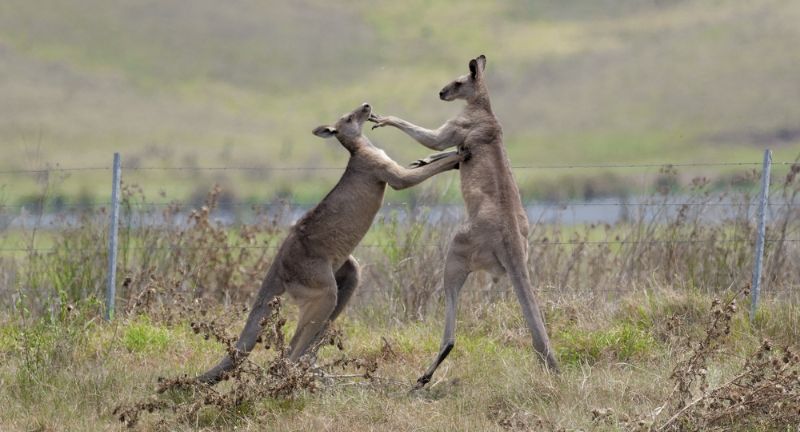
Shutterstock
Despite its name, Kangaroo Island isn’t always friendly when it comes to its namesake marsupials. Large kangaroos can be surprisingly aggressive, especially males during mating season when they fight for dominance. They’ve been known to attack humans with powerful kicks and sharp claws, causing serious injuries. Residents are advised to keep their distance, particularly if they spot a kangaroo standing tall and staring intently—a sign it may feel threatened and ready to strike.
Yellowstone National Park, USA
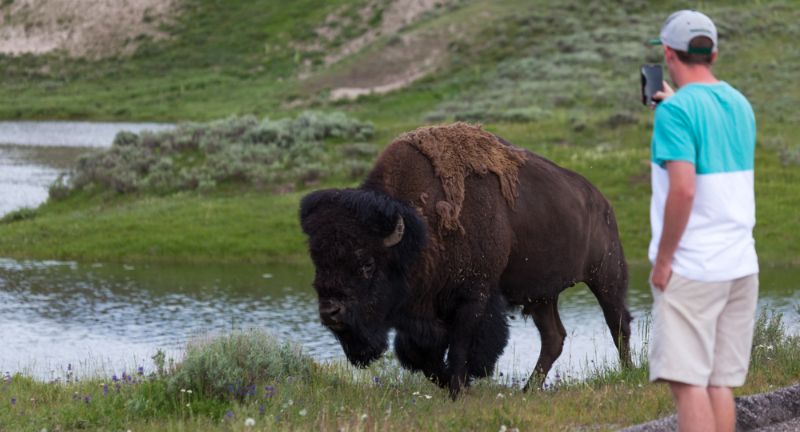
Shutterstock
Yellowstone National Park is famous for its breathtaking landscapes, but it’s also a hotspot for dangerous wildlife encounters, especially with bison. Despite their seemingly slow demeanor, bison can run up to 35 miles per hour and are known to charge without much warning. Tourists often get too close, underestimating these massive animals, leading to gory incidents each year. Park rangers constantly remind visitors to keep a safe distance, but not everyone listens to the warnings.
Amazon Rainforest, Brazil

Shutterstock
The Amazon Rainforest is teeming with creatures that can be deadly to humans, including jaguars and giant anacondas. Jaguars are stealthy hunters, capable of silently stalking prey through dense foliage before delivering a lethal bite. Meanwhile, anacondas, some over 30 feet long, can crush and swallow large animals whole—and there are rare cases of attacks on humans. Locals living near the riverbanks must always stay alert, knowing that danger can slither or pounce at any moment.
Bihar, India

Shutterstock
In Bihar, India, residents often face challenges from aggressive troops of rhesus macaques. These monkeys are known for their boldness, frequently raiding homes, stealing food, and even snatching items directly from people’s hands. While they may seem mischievous, macaques can become violent, especially if provoked or protecting their young. Residents have to secure their homes and be cautious in public spaces to avoid unwanted encounters with these clever primates.
Vancouver Island, Canada
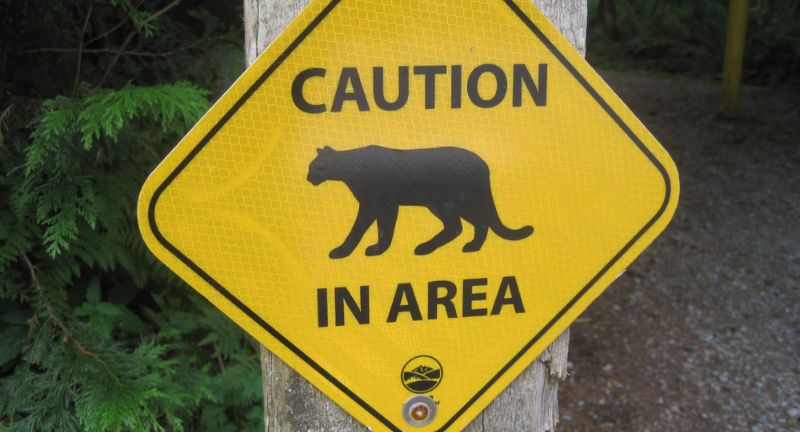
Shutterstock
Vancouver Island is home to one of the highest densities of cougars in North America, posing a significant threat to both residents and pets. These elusive big cats are expert hunters, capable of silently stalking their prey before launching powerful ambush attacks. While rare, cougar attacks on humans have been documented, often targeting joggers, cyclists, or small children. Locals are advised to travel in groups and carry deterrents when venturing into cougar territory.
Nairobi, Kenya
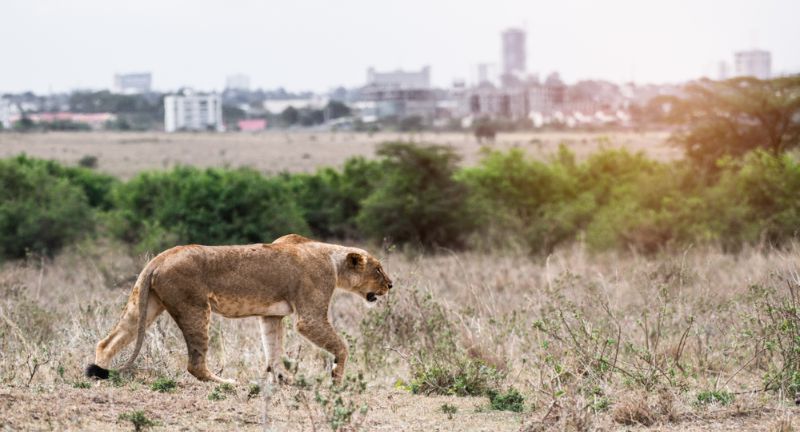
Shutterstock
In Nairobi, Kenya, the boundary between urban life and wildlife can blur, with lions occasionally straying into suburban neighborhoods. These powerful predators sometimes venture out of Nairobi National Park, causing panic among residents. While wildlife authorities act quickly to relocate the animals, encounters can be dangerous, especially at night. Locals remain vigilant, knowing that an unexpected roar in the dark could signal a lion on the loose.
Tasmania, Australia
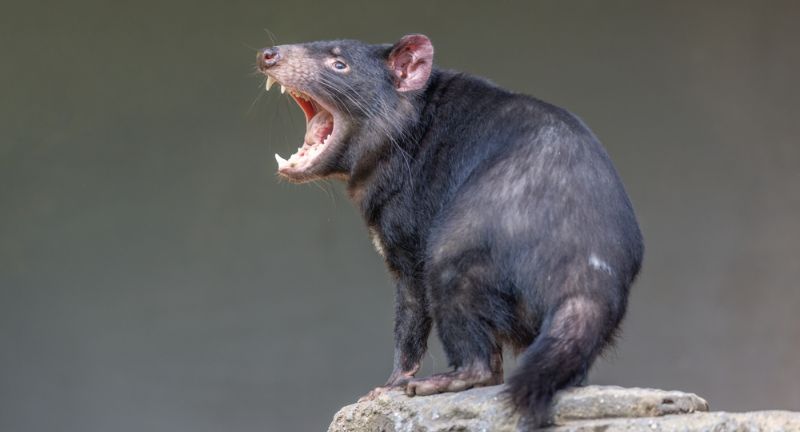
Shutterstock
Tasmania is home to the fierce Tasmanian devil, a small but aggressive carnivorous marsupial with a bone-crushing bite. While they typically avoid humans, devils can become bold when scavenging for food, sometimes entering residential areas in search of scraps. Their screeching calls and fearless demeanor can be unsettling, especially when they engage in noisy nighttime fights. Residents take precautions to secure garbage and avoid attracting these feisty creatures.
Fiji Islands
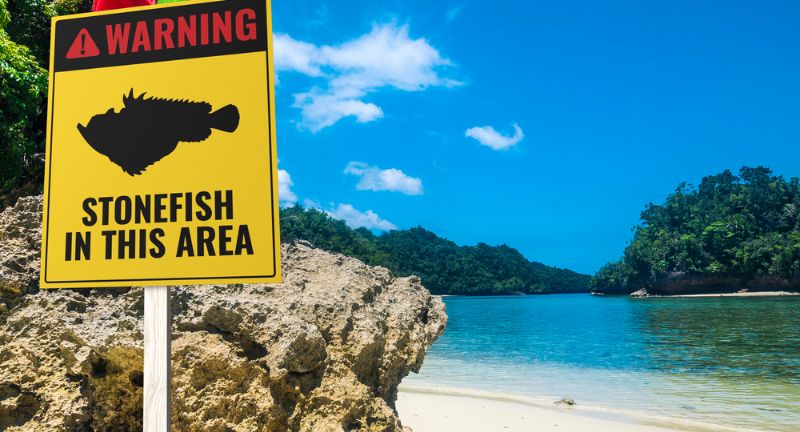
Shutterstock
While Fiji’s waters are breathtaking, they conceal one of the ocean’s most dangerous inhabitants—venomous stonefish. These masters of camouflage blend seamlessly with the seabed, making them easy to accidentally step on. A stonefish sting is excruciatingly painful and can be fatal without immediate medical attention. Locals and tourists alike are urged to wear protective footwear when wading in shallow waters to avoid this hidden danger.
Rajasthan, India
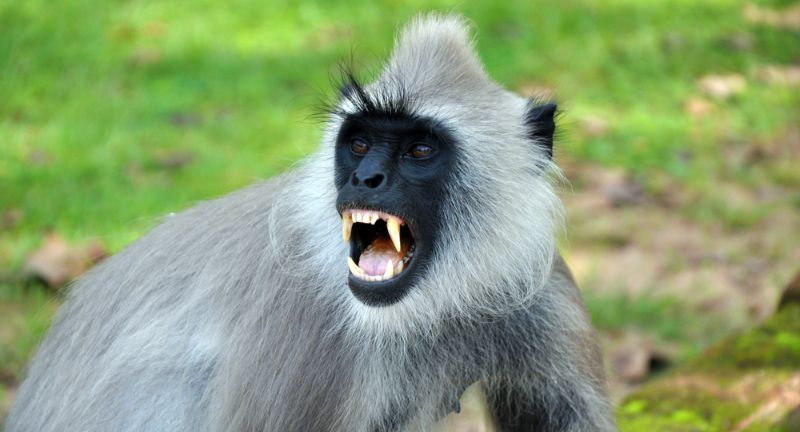
Shutterstock
In Rajasthan, India, langur monkeys are a common sight, often causing chaos in urban areas. These large primates are notorious for invading homes, stealing food, and even snatching items from unsuspecting people. Despite their seemingly playful behavior, langurs can become aggressive, especially if they feel threatened or cornered. Residents must secure windows and doors to keep these agile intruders at bay.
Northern Territory, Australia
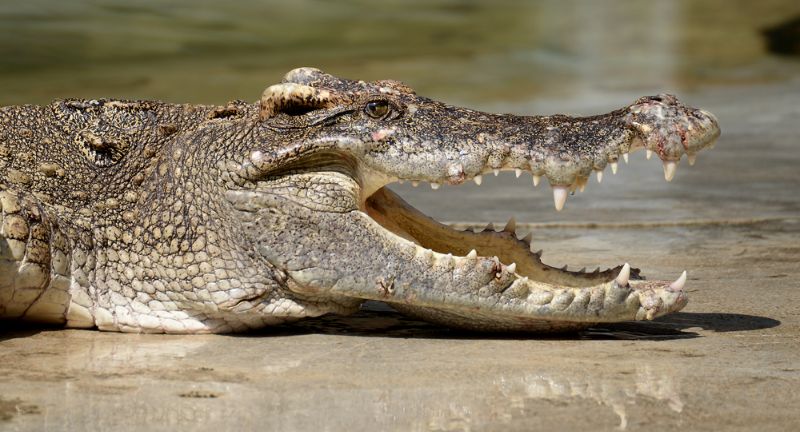
Shutterstock
The Northern Territory in Australia is infamous for its population of giant saltwater crocodiles, known locally as “salties.” These apex predators can grow over 20 feet long and have been responsible for numerous attacks on both humans and livestock. Unlike their freshwater cousins, salties are aggressive and will actively hunt in rivers, estuaries, and even along beaches. Residents exercise extreme caution near water, knowing that a crocodile could be lurking just beneath the surface.
Borneo, Malaysia
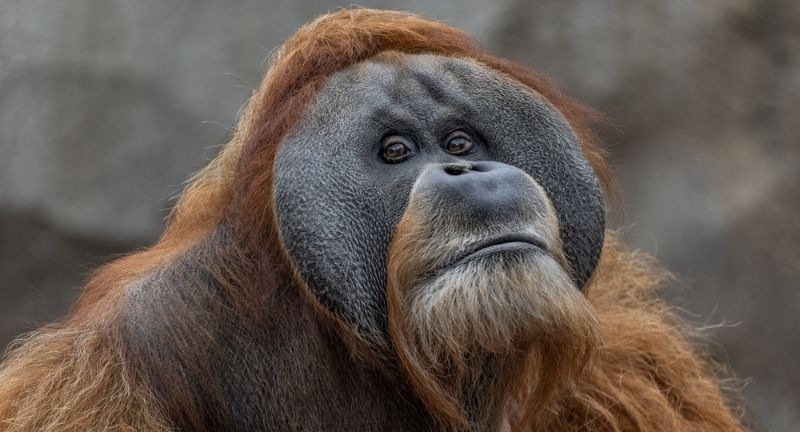
Shutterstock
Borneo’s dense jungles are home to a variety of dangerous wildlife, including venomous pit vipers and territorial orangutans. While orangutans are generally peaceful, they can become aggressive if they feel threatened, especially males during mating season. Pit vipers, on the other hand, blend seamlessly into the forest floor, posing a constant threat to those walking through the jungle. Residents and trekkers must remain vigilant, as an encounter with either can quickly turn perilous.
Galápagos Islands, Ecuador
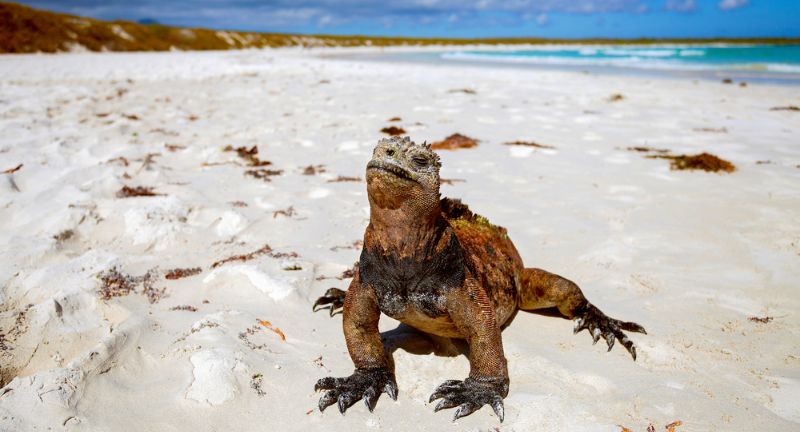
Shutterstock
While the Galápagos Islands are famous for their unique wildlife, not all encounters are friendly—territorial marine iguanas and aggressive sea lions can pose serious risks. Sea lions, especially dominant males, are known to charge at humans who get too close to their territory. Marine iguanas, while not venomous, can be surprisingly feisty when defending their basking spots. Locals and visitors alike are advised to observe wildlife from a respectful distance to avoid dangerous confrontations.
Conclusion
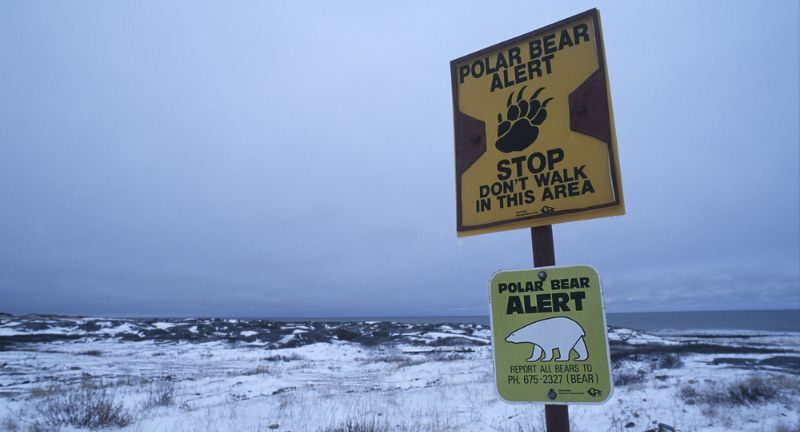
Shutterstock
While wildlife can be breathtakingly beautiful, living alongside it often comes with unique challenges and risks. For residents in these regions, coexisting with nature means constant awareness, respect, and adaptation to the environment. These encounters serve as a powerful reminder of the wild, untamed world that exists just beyond our doors. Despite the dangers, many people embrace this coexistence, finding ways to live in harmony with the creatures that share their space. After all, it’s this very connection to the wild that makes these places both extraordinary and unforgettable.
More Amazing Animals+
-
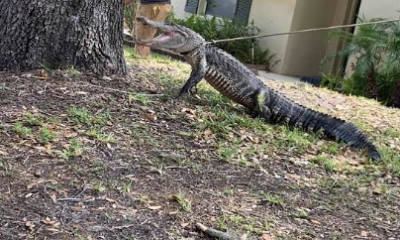

An Alligator Causing Havoc In Florida Woman’s Yard is Finally…
-


Lovely Ladybugs: 26 Fascinating Facts About The Cutest Bugs
-


Employee wrangles snake out of Disney World’s Magic Kingdom
-
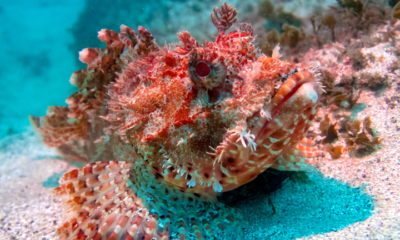

25 Deadliest Sea Creatures In The World
-
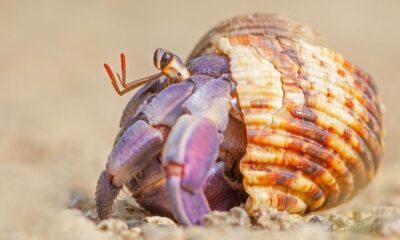

19 Strange Creatures Named After Food You’ve Never Heard Of
-


Love is in the air: Chihuahuas Peanut and Cashew get…
-
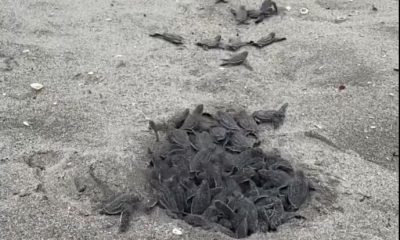

Leatherback Turtle Hatchlings in Juno Beach, Florida
-
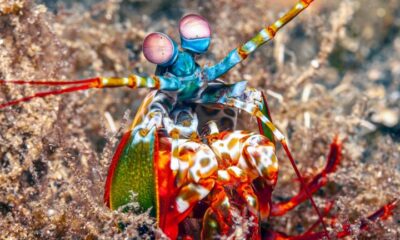

43 Bizarre Animal Behaviors That Science Can’t Explain
-
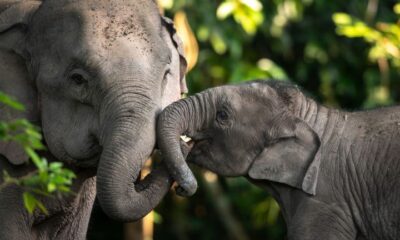

25 Fascinating Facts About Elephants
-


29 Myths About Penguins That Just Aren’t True
-


More – Alligator arrest outside of a school in Charleston,…
-
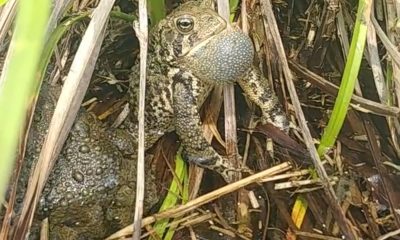

Who needs online dating when you could have a toads…
